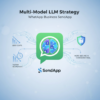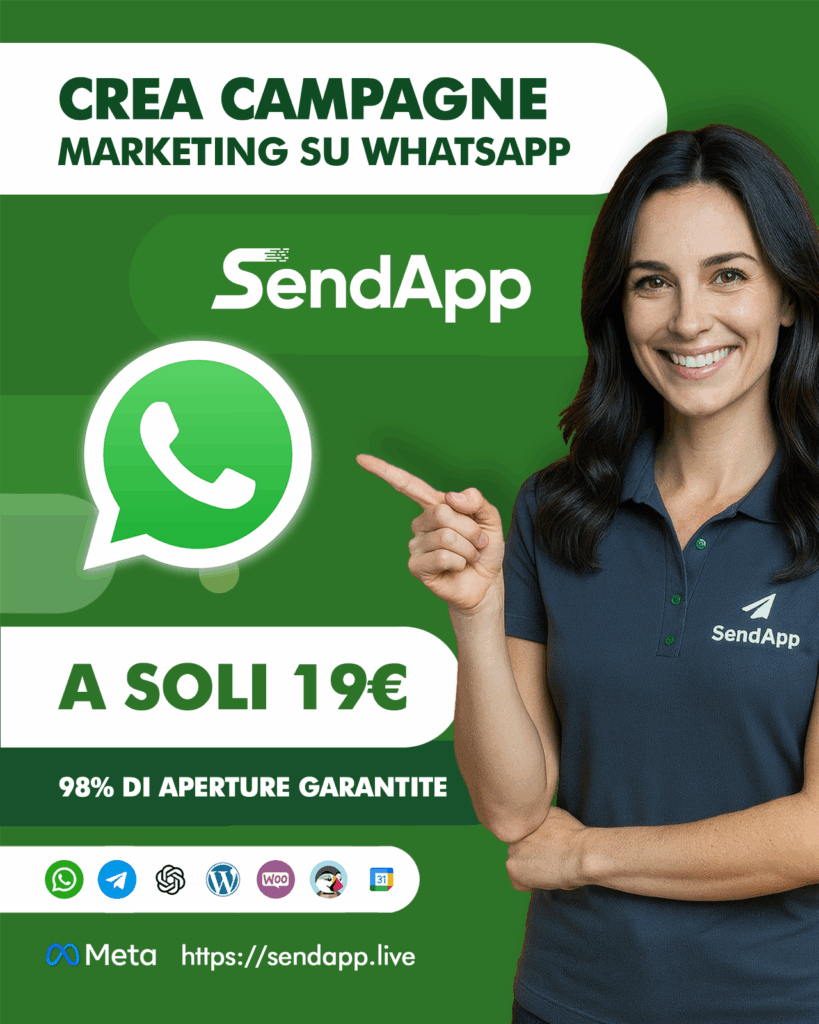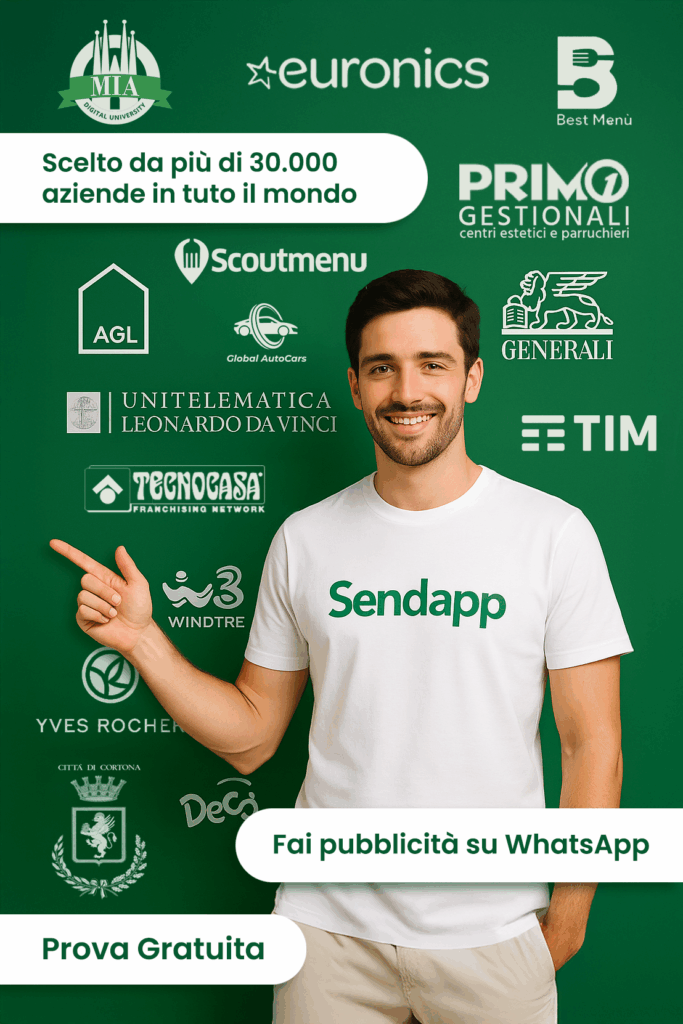Introduction of the messaging custom video for customers
The most successful businesses are defined by their ability to communicate. Today, this means meeting consumers where they are - online, across multiple platforms. Businesses, for example, regularly send out sales and marketing messages via SMS , email and social media. They embrace more and more new, richer channels like the OTT chat app is RCS .
But consumers no longer respond to sales communications in isolation, for example as part of a loyalty program. They want personalized and often two-way communication and will happily reward companies that are attentive to this need, with repeated habits and recommendations.
It's fair to say that communication has grown beyond the sales tool to be the cornerstone of the customer experience. Loyalty to a brand or business is no longer something that can be relied upon because a consumer has received some form of incentive, rather it comes from the customer experience - the sum of all parts of the customer journey.
So why do so many companies keep struggling with customer communication? Part of the problem lies in a poorly structured approach that turns business functions into silos, so that sales and marketing, customer service, design etc. They operate in isolation. However, customers want to experience an organization that offers a single, continuous path from the initial investigation to after-sales service and beyond.
There are three main areas where simple improvements to your approach can pay dividends in the long run.
-
Go on the journey with your customers
companies need to examine the "journey" to understand where the interaction can take place. This starts with some pretty basic questions. A typical trip looks like this:
-
Make it relevant -
Importantly, communication needs to be personalized, relevant, and zoned according to the needs of customers as individuals. Examples might include; aboard a new customer who has recently joined a service with a warm welcome, an acknowledgment of what they have signed up for and guidance in the next steps or dropout points - when a phone contract is about to expire for example, in case the message contains options that can save the customer money by switching to a different rate or offering them the latest phone. Gartner calls this "bespoke help". The 88% of Gartner consumer survey respondents said they did not receive it. It is worth noting that "help" is a concept of customer experience rather than sales and marketing, however, according to Gartner, using personalized help in the form of mobile messaging increases the commercial benefits by 20% (brand intent, purchase, repurchase and cart size increased). In other words, implementing a customer experience goal has the potential to generate a business advantage.
-
move
personalized messaging evidently creates the engagement consumers seek, personalized video messaging takes relevance to the next level. Essentially, video brings together two things - motion and sound - that combined convey and simplify the complex messages of the customer experience. Adding it to the mix of experiences takes engagement far beyond what can be achieved with other channels. Sinch's data analysis tells us that personalized video messages are read by the 98% of the consumers who receive them (equivalent to SMS). However, consumers retain the 95% of a message when it comes to a video, compared to the 10% of retention on other channels. Going back to the onboarding example, a company might want to explain how to activate an account, how to get the most out of the service, and options for upgrading. That's a lot of text and potentially complex communication. A short customized video can greatly simplify the process, making it much easier to do







